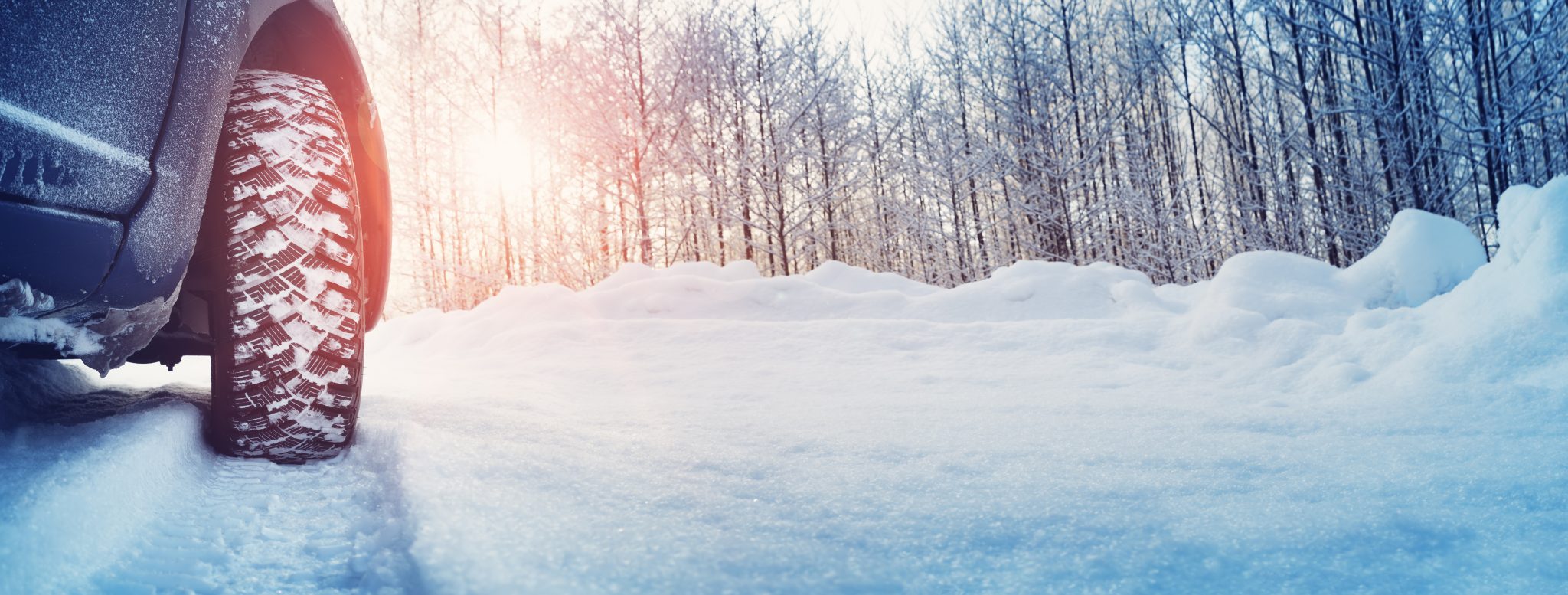15 January 2021
Winter Driving Precautions
Winter conditions can challenge even the most experienced of drivers. That’s why if you have employees who drive for work, it’s important to fully understand the risks associated with winter driving to reduce the likelihood of them being involved in an accident.
The last thing anyone wants is the aggravation and downtime of an unnecessary accident or avoidable breakdown. As well as vehicle damage, harsh driving conditions can lead to other costs to your business.
Our help guide below gives a range of tips for staying safe on the roads this winter.
Trouble-free driving
The first step to trouble-free winter driving is to ensure your vehicle is in good condition. Fix that service, make sure the battery is OK, check tyre pressures regularly – plus the tread … the RAC recommends a minimum of 3mm for good winter traction – and keep oil and water topped up.
Good vision is also vital. Top up the windscreen washer and clean the wiper blades. Poor weather can dramatically reduce visibility, even in daylight. Keep your headlights clean and switch them on to see and be seen. But don’t blind others with fog lights – use these only when visibility is very poor.
Finally, if it is icy don’t drive off like a tank-commander with a tiny hole cleared in the windscreen. For safety’s sake clear as much of the windscreen as possible.
The golden rule – reduce your speed
Official speed limits are calculated for dry roads, not road surfaces slippery with rain, ice or snow. As conditions worsen leave a bigger gap to the car in front. The AA point out that stopping distances in wintry conditions can be an incredible ten times longer than in the dry. All your manoeuvres – braking, steering and accelerating – should be as gentle and controlled as possible. Pulling away in second gear is a safe way to increase your vehicle’s traction and always use lower gears on hills.
Plan your journey
As traffic will be slower, it is wise to schedule extra time for journeys. Avoid country lanes, if you can, and be cautious on bridges and overpasses as they are often the first areas to become icy. Don’t pass gritting lorries – the road in front is likely to be a lot worse than the road behind!
Prepare for the worst
Particularly if you’re off on a long journey make sure you’ve got adequate winter clothing – possibly even a blanket in the back – a charged mobile, a map, a torch, an ice-scraper and a can of de-icer. And, if you’ve got the will-power, keep a bar of chocolate or a pack of biscuits in the vehicle as well as your bottle of water. If you do break down, try to find a safe and well-lit place to stop and leave your hazard warning lights on while you wait for help. If your vehicle overheats a few miles from base, it’s likely that the radiator has frozen. Stop straight away and call for help, so that you don’t cause more serious damage.
Snowstorms
If you’re caught in a snowstorm and get stuck, stay in your vehicle and wait for help. Run the heater for 10 minutes every hour, but make sure your exhaust pipe is clear of snow. There is a danger of carbon monoxide poisoning if snow blocks the pipe allowing gas to build up in the vehicle – so to be safe open the window slightly.
How to navigate the challenges of the Directors & Officers Insurance market Prepare your home for the winter freeze

